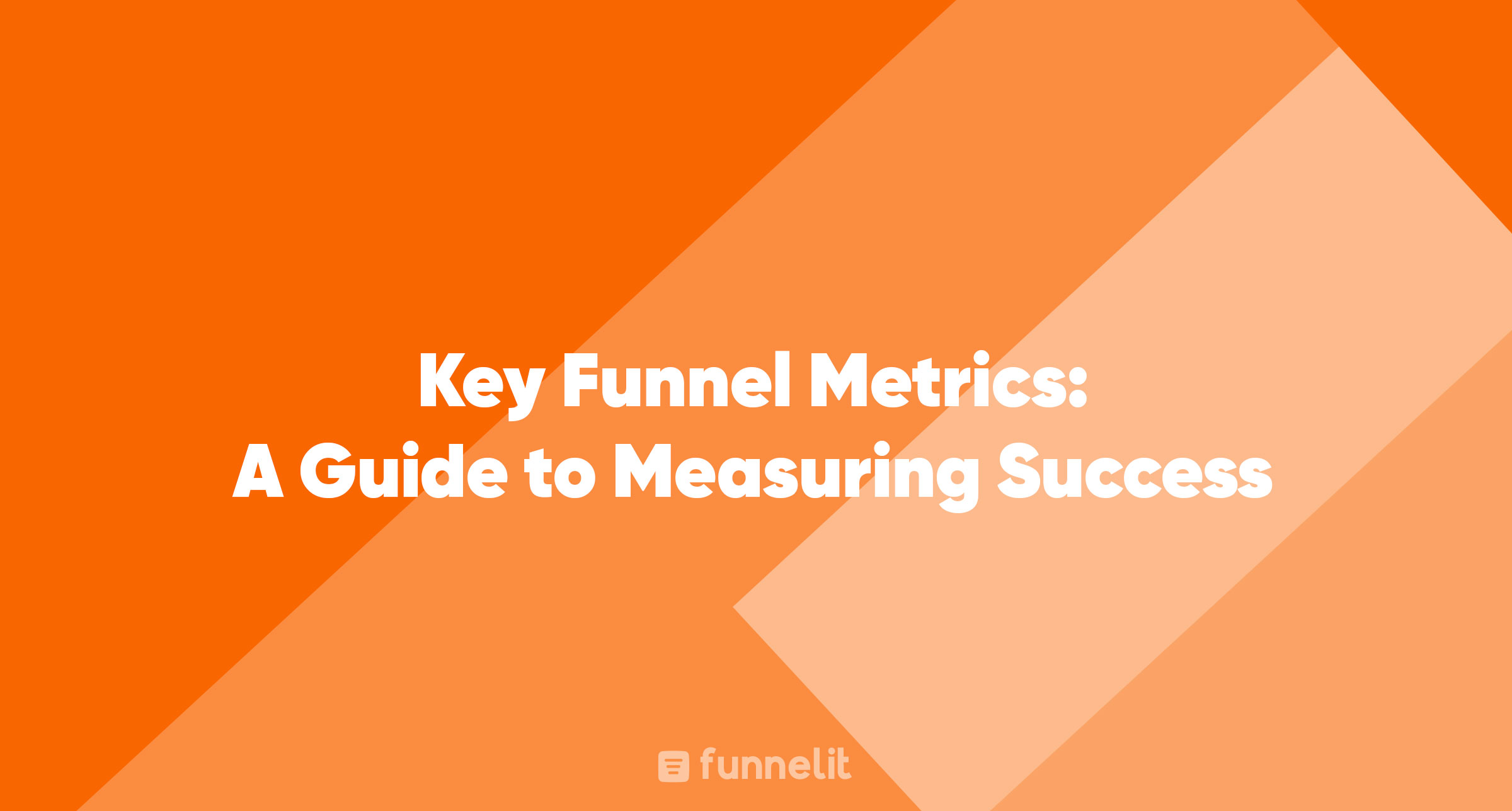Understanding and analyzing key funnel metrics is crucial for optimizing your marketing strategies and ensuring the success of your business. These metrics provide insights into how well your funnel is performing at each stage and where improvements are needed. Here’s a comprehensive guide to the key funnel metrics you should be tracking.
1. Entry Sources
Definition:
Identifies where your traffic is coming from.
Importance:
Helps in understanding which channels are most effective in driving traffic to your funnel.
How to Optimize:
- Allocate more resources to high-performing sources.
- Optimize or abandon low-performing sources.
2. Click-Through Rate (CTR)
Definition:
The percentage of users who click on a specific link out of the total users who view a page, email, or ad.
Importance:
Indicates the effectiveness of your content, ads, and call-to-actions in driving user engagement.
How to Optimize:
- A/B test different call-to-actions, ad copy, and content.
- Optimize landing page design and user experience.
3. Conversion Rate
Definition:
The percentage of users who take a desired action, such as making a purchase or filling out a form.
Importance:
Measures the effectiveness of your funnel in converting prospects into customers or leads.
How to Optimize:
- Simplify and streamline the conversion process.
- Enhance value proposition and offer clear incentives.
4. Bounce Rate
Definition:
The percentage of visitors who navigate away from the site after viewing only one page.
Importance:
Helps in identifying issues with user engagement and content relevance.
How to Optimize:
- Improve content quality and relevance.
- Optimize page load speed and mobile responsiveness.
5. Average Order Value (AOV)
Definition:
The average amount spent by customers per transaction.
Importance:
Provides insights into customer spending habits and helps in revenue forecasting.
How to Optimize:
- Implement upselling and cross-selling strategies.
- Offer bundled products or volume discounts.
6. Customer Lifetime Value (CLV)
Definition:
The total revenue a company expects to earn from a customer throughout their entire relationship.
Importance:
Indicates the long-term value of a customer and helps in allocating resources for customer acquisition and retention.
How to Optimize:
- Enhance customer satisfaction and loyalty through quality products and excellent customer service.
- Implement retention strategies like loyalty programs and regular engagement.
7. Cost Per Acquisition (CPA)
Definition:
The total cost of acquiring a new customer, including all advertising and promotional expenses.
Importance:
Helps in determining the profitability of your customer acquisition strategies.
How to Optimize:
- Optimize ad spend and target high-converting audiences.
- Improve conversion rates through funnel optimization.
8. Exit Rate
Definition:
The percentage of users who leave your funnel from a specific page.
Importance:
Identifies potential problem areas in your funnel where users are dropping off.
How to Optimize:
- Address user pain points and optimize page content and design.
- Test different elements to identify and rectify issues causing exits.
9. Lead-to-Customer Rate
Definition:
The percentage of leads who eventually become customers.
Importance:
Measures the effectiveness of your lead nurturing and conversion strategies.
How to Optimize:
- Enhance lead nurturing strategies with personalized content and targeted communication.
- Optimize the sales process to reduce friction and barriers to conversion.
10. Return on Investment (ROI)
Definition:
Measures the profitability of your funnel, calculated by dividing the net profit by the total investment cost.
Importance:
Indicates the overall success and financial viability of your funnel.
How to Optimize:
- Optimize ad spend and resource allocation.
- Enhance funnel conversion rates and customer value.
Conclusion
Monitoring key funnel metrics is essential for understanding the health of your marketing and sales processes and making informed decisions to optimize performance. By paying close attention to metrics like entry sources, CTR, conversion rate, bounce rate, AOV, CLV, CPA, exit rate, lead-to-customer rate, and ROI, you can identify areas for improvement, allocate resources more effectively, and enhance the overall success of your funnel.
Remember, continuous monitoring, analysis, and optimization are crucial for maintaining a high-performing funnel. Use the insights gained from these key metrics to refine your strategies, improve user experience, and drive conversions, ultimately leading to increased profitability and business growth.
